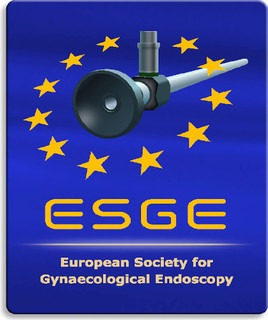The tWE lab Simplified IVF Procedure: First Births after freezing/thawing
accessible IVF, assisted reproduction, cryopreservation, developing countries, infertility care, low-cost IVF, simplified IVF, slow freezing, the walking egg project
Published online: Apr 24 2014
Abstract
Background: Infertility care is one of the most neglected health care issues in developing countries (DC), affecting more than 50 million couples. The social stigma of childlessness still leads to isolation and abandonment. Bilateral tubal occlusion due to sexually transmitted diseases and pregnancy-related infections is the most common cause of infertility in DC. Consequently most cases of infertility are only treatable by using assisted reproductive technologies which are either unavailable or too costly. Lowering the laboratory costs associated with IVF is a crucial step to make IVF affordable for a larger part of the world population. We recently developed and described a new simplified method of IVF culturing, called the tWE lab method. Our initial results in fresh IVF cycles showed that IVF methodology can be significantly simplified and result in successful outcomes at levels that compare favourably to those obtained in high resource programs.
Case-reports: We report three pregnancies and four live births as a result of transferring five cryo/thawing embryos which were developed after using the simplified tWE lab system. The two singleton babies delivered vaginally, for the twin pregnancy a caesarean section was performed. All babies were healthy, the perinatal outcome was uneventful in all cases.
Conclusion: We provide proof-of-principle evidence that transferring cryopreserved/thawed embryos obtained with our tWE lab simplified culture system can lead to successful pregnancies and healthy live births.

_small.png?1569881134)

